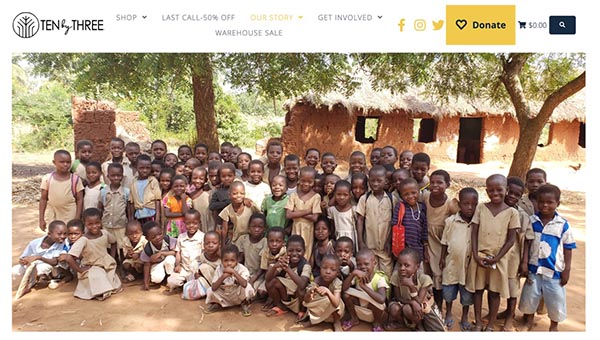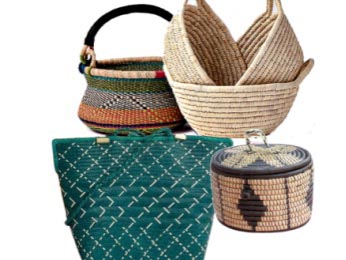When we think of storytelling in marketing, we don’t normally think of email. Yet that was the winning approach used by Ten by Three. It turned traditional sales emails into storytelling messages, thereby increasing its open rate by more than 2x.
Why does storytelling work? In today’s “always on” world, we are bombarded with images of the struggle and the needs around us. We can’t turn it off even if we want to. It’s on the news. In social media. On billboards as we drive by. Poverty. Hunger. Devastation of war. It’s impossible to turn a blind eye. In response, consumers are increasingly trying to make a difference using the power of their wallets.
We’ve all seen the stats:
- 72% of consumers believe it is “more important than ever” to buy from companies that reflect their values.
- 71% of Millennials say they are willing to pay more when they know some of the profits will go to a charity.
- 67% of consumers overall will pay more to contribute to a good cause.
If you have a client that has a story to tell, storytelling is a no-brainer marketing strategy. Ten by Three is one of those clients.

Two-Tier Approach to Storytelling
Ten by Three is a nonprofit whose mission is to reduce poverty in developing countries by teaching women the skills to produce handwoven artisan products. In advance of Mother’s Day, Ten by Three sent out a promotional email to drive sales. It sent a traditional marketing email with images of the product, a “sale” message, and details of the offer. The result? Nada. Not a single sale. Clearly, another approach was needed.
Ten by Three turned to MECLABS, which recommend that the nonprofit use a storytelling approach instead.
So Ten by Three developed and interwove two stories: First was the story of the life of a hectic mother—“too many things lying around the house. Legos and pennies, papers and keys”—being solved by using the artisan products; the second was the story of the artisans, who are learning skills they can use to support their families. By tying these two stories together, shoppers were given a new story to tell: the story of the needs of their mothers being met, while feeling great about supporting the needs of other mothers thousands of miles away.

Ten by Three created two storytelling emails:
The first used a practical needs-based approach. In this case: Life is hectic, and these products can help: “Now keys, loose change, hair ties, clips, bobby pins, rings, bracelets, earrings, paperclips, thumbtacks, staples, everything has its place—by the front door, in the home office, on the coffee table…”
The second focused on the intangible value for the user: By purchasing this product, shoppers will be rewarded for doing something good both for their moms at home and for moms across the world: “Mom will brag about you [because you bought one of these baskets for her for Mother’s Day] at the farmer’s market, book club, the pool…”
Both emails were written in the form of an appeal from the founder.
The result?
- The initial email had an open rate of 4.3% and no sales.
- The two subsequent storytelling emails had an open rate of between 8.3% and 9.3% and led to 16 bundle sales within five days.
Storytelling works, especially when you have a client whose mission is based on a story like Ten by Three.
Notes MECLABS: “Giving people a story to tell, i.e., turning the product into a “conversation piece,” is another technique that can help drive sales. People don’t always buy or do things because they want it; they sometimes do it so they have a story to tell others.”
Plus, MECLABS notes that newsletter images can be blocked by email providers. Text-based storytelling emails can often get through filters that heaviliy promotional emails cannot.
Marketing Is a Funny Thing
Marketing is a funny thing. It’s less about the product and more about understanding how people’s brains work. People’s brains like to feel good, and they like stories. Tell stories that make people feel good and you have a winning combination.
Do you have customers with great stories to tell? If so, how are you telling them?










Discussion
Join the discussion Sign In or Become a Member, doing so is simple and free